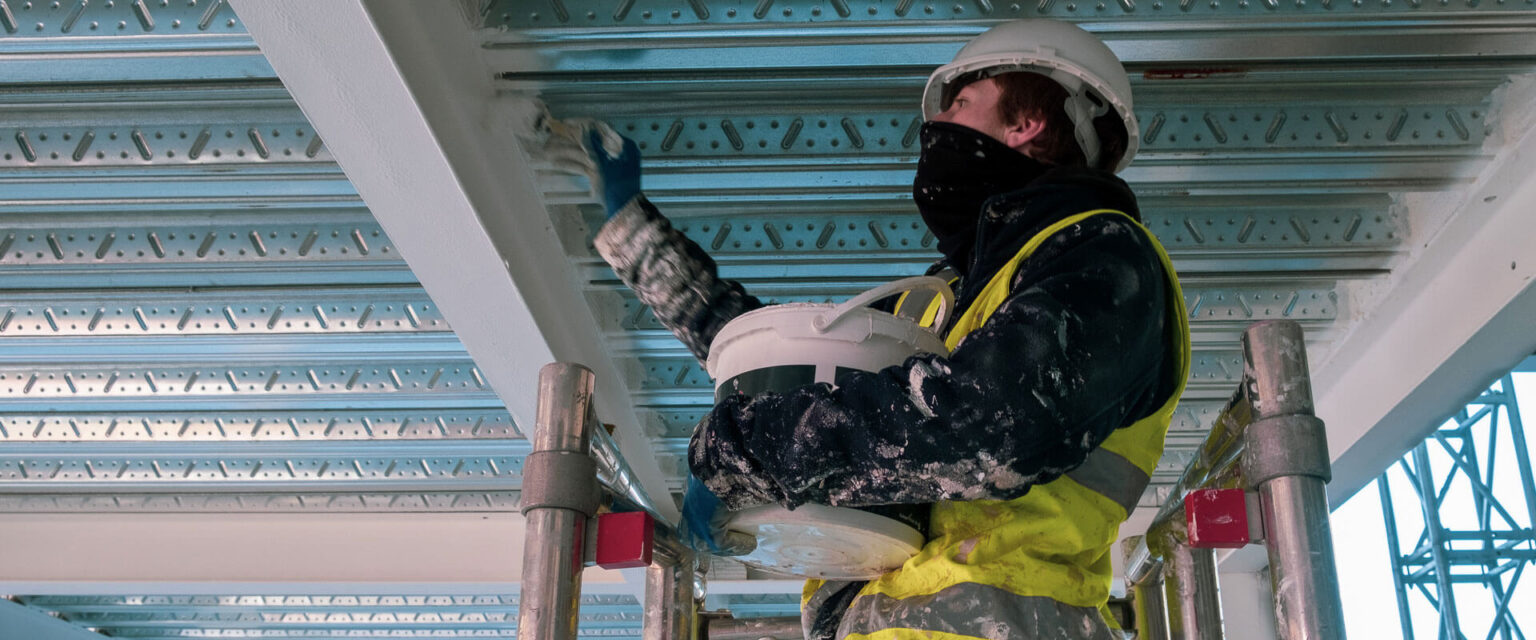
Fire safety is a crucial aspect of building design and construction, particularly in commercial settings where large numbers of people gather. Effective fire stopping installation is essential for preventing the spread of fire and smoke, safeguarding occupants and property. A well-planned fire stopping system involves the strategic placement of barriers that seal off openings and joints, creating safe compartments within a structure. Various fire stopping companies offer specialized services to implement these measures, ensuring that buildings comply with safety regulations while enhancing their overall resilience against fire hazards. One of the key strategies in fire safety is passive fire stopping, which relies on building materials and design features to contain fires without requiring active intervention. This method is critical in minimizing damage and allowing for safer evacuations. Cavity fire barrier solutions are integral to this approach, filling gaps between walls, ceilings, and floors. These barriers effectively prevent flames from moving between compartments, providing crucial time for occupants to exit the building. Go to the below mentioned site, if you are seeking for more information regarding fire compartmentation solutions for buildings.
Integrating cavity wall fire safety systems into the design can significantly enhance the fire-resistance of commercial buildings. Cavity fire barriers for commercial buildings are designed to withstand extreme temperatures and maintain their integrity during a fire. By utilizing fire-resistant cavity barriers, property owners can ensure that their structures are equipped to handle fire-related emergencies. These barriers act as a shield, effectively containing fires and minimizing their impact. Implementing fire compartmentation services is essential for creating safe zones within buildings, allowing for effective evacuation routes and reducing the overall risk to life and property. To achieve optimal firestop protection, it is important to work with experienced fire compartmentation contractors. These professionals are trained in the latest fire safety techniques and understand the complexities of building codes and regulations. Their expertise allows them to assess the unique needs of each project and recommend appropriate fire compartmentation solutions for buildings. A collaborative effort among architects, builders, and contractors ensures that fire safety measures are seamlessly integrated into the design and construction process, resulting in comprehensive protection.
Maintaining effective fire safety measures requires regular inspection and maintenance of the installed systems. Routine evaluations help identify any potential weaknesses or areas of concern, ensuring that the compartmentation fire safety systems continue to function optimally over time. Property owners should prioritize these assessments, as a proactive approach can significantly reduce the risks associated with fire hazards. By keeping the fire stopping systems in good condition, buildings can remain safe and compliant with evolving fire safety standards. In summary, the importance of effective fire stopping installation cannot be overstated in the context of commercial buildings. By leveraging the expertise of qualified fire stopping companies and engaging skilled fire compartmentation contractors, property owners can implement robust fire safety measures that include passive fire stopping techniques and cavity fire barrier solutions. Investing in these systems not only protects lives but also preserves property value and enhances the overall safety of commercial environments. As regulations evolve, maintaining a commitment to fire safety will continue to be essential in the construction industry, ensuring that buildings are equipped to withstand fire emergencies.
No comments:
Post a Comment